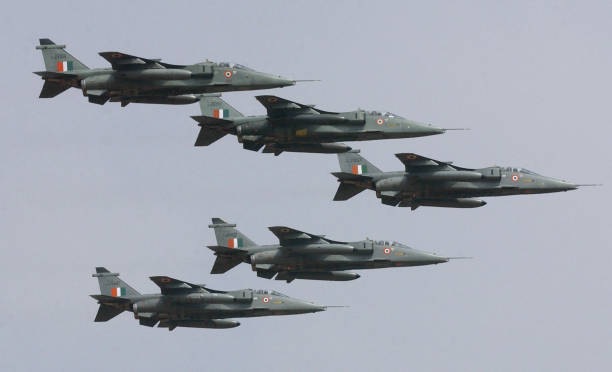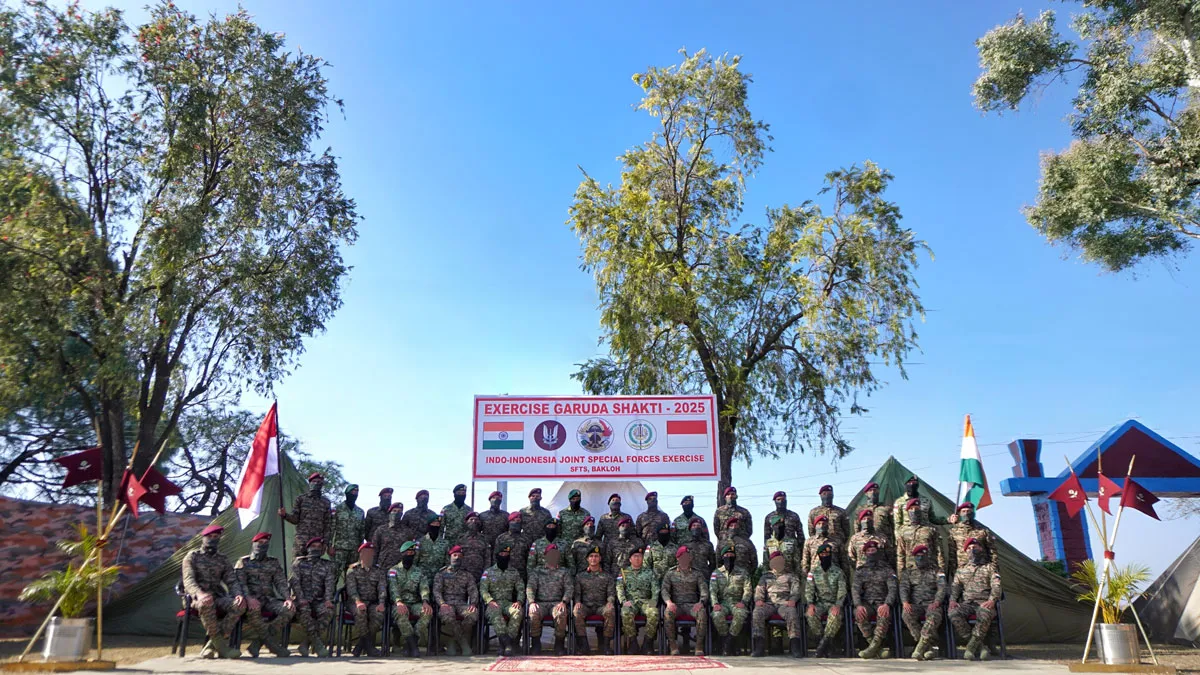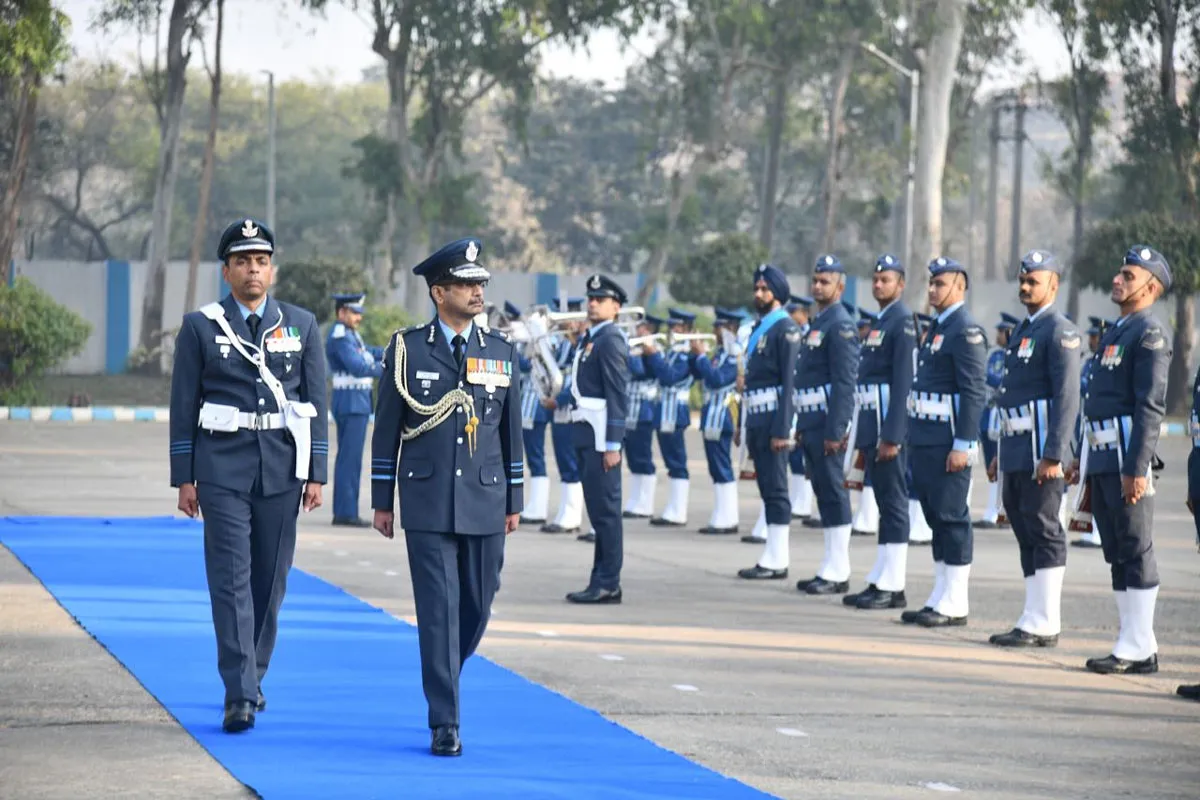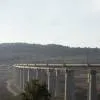
Indian Air Force gets advanced chaff technology developed by DRDO

India, Russia Hold 22nd Defence Commission Meet in New Delhi
Raksha Mantri Rajnath Singh and Russia’s Defence Minister Mr Andrei Belousov co-chaired the 22nd India–Russia Inter-Governmental Commission on Military and Military Technical Cooperation (IRIGC-M&MTC) at the Manekshaw Centre in New Delhi on 4 December 2025. Both sides reaffirmed that the longstanding bilateral relationship is anchored in mutual trust, shared principles and deep respect. The meeting comes ahead of the 23rd India–Russia Annual Summit between Prime Minister Narendra Modi and President Vladimir Putin.During the session, Rajnath Singh reiterated India’s commitment t..

ITU–TRAI Workshop on QoS and QoE Begins in Bhubaneswar
The Telecom Regulatory Authority of India (TRAI), in collaboration with the International Telecommunication Union (ITU), inaugurated the ITU–TRAI Workshop on Performance, Quality of Service and Quality of Experience in Bhubaneswar. The two-day international programme convened National Regulatory Authorities (NRAs), service providers and technical specialists from around the world to strengthen collaborative approaches to telecom service-quality frameworks. The inaugural ceremony featured a lamp-lighting, followed by a welcome address from Atul Kumar Chaudhary, Secretary, TRAI, and the inaugu..

CEC Gyanesh Kumar Addresses UI, Assumes IDEA Council Chairship
Chief Election Commissioner of India, Shri Gyanesh Kumar, delivered an address at the Swedish Institute of International Affairs (UI) in Stockholm, where he participated in a round-table discussion titled ‘Inside India’s Democracy’. Former Swedish Foreign Minister Ms Ann Linde joined him as a co-speaker during the session. The engagement formed part of his official visit to Sweden, which concludes later today. Shri Gyanesh Kumar assumed the Chairship of the Council of Member States of the International Institute for Democracy and Electoral Assistance (International IDEA) for the year 20..

















